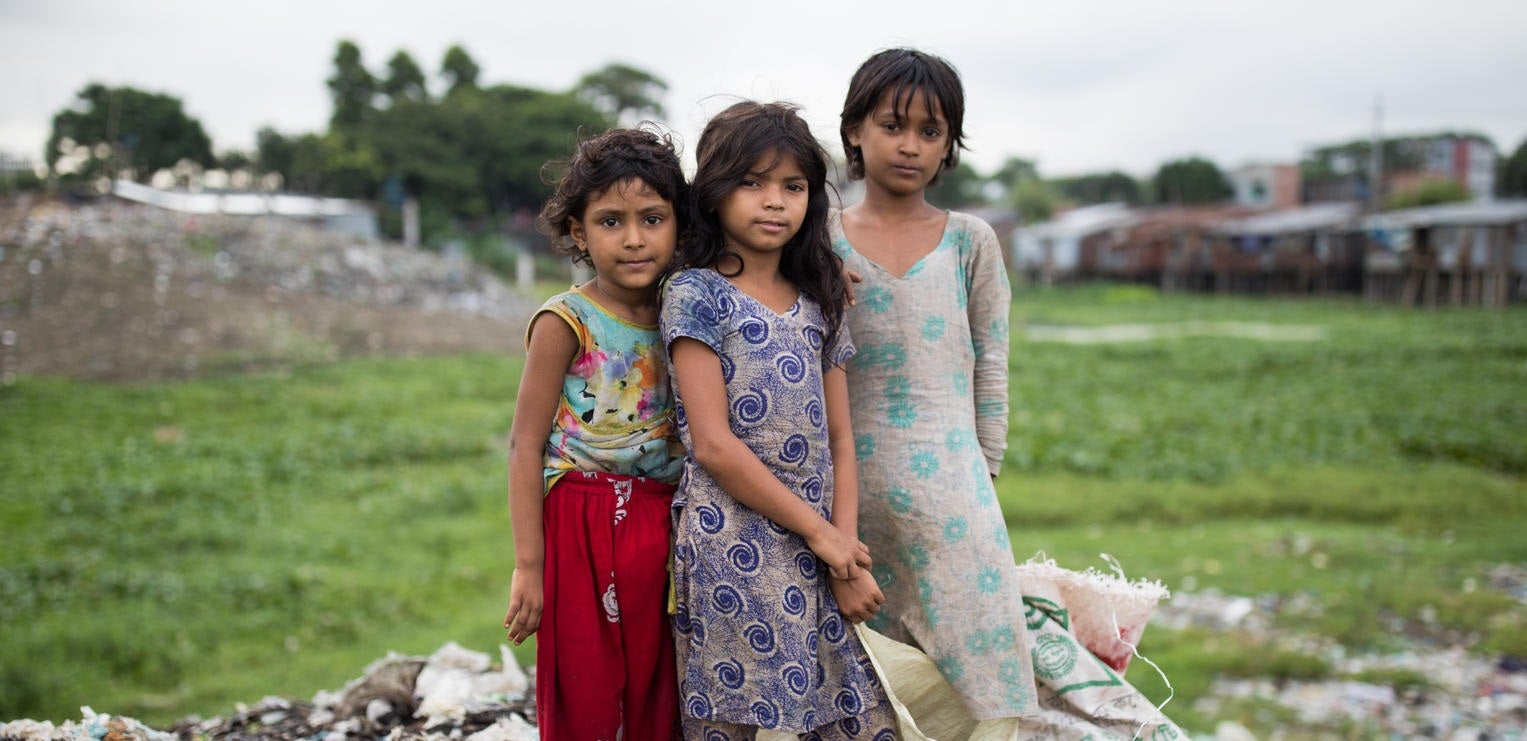UNICEF Australia is warning against underestimating the needs of children who experience disasters, such as the devastating floods which swept New South Wales last week.
Katie Maskiell, Head of Policy and Advocacy for UNICEF Australia says living through a weather emergency, including flood, bushfire or cyclone, can take an enormous toll on children’s mental health, learning and even their lifetime earnings in the years to come.
UNICEF’s 75 years as first-responders in many countries around the world and supporting children in the immediate aftermath of sudden onset emergencies has shown a rapid return to normal life is critical to children’s resilience and long-term wellbeing after a disaster.
UNICEF Australia is calling for:
- a national disaster plan for children and young people, including Australian Government Disaster Recovery Payments in line with inflation
- an Australian Children’s Climate Risk Index to identify high risk locations where existing disadvantage and weather disasters are mostly likely to combine, and disaster needs of children in different parts of the nation
A national disaster plan would ensure children can maintain some schooling, recreation, socialisation and mental health support during and after a weather emergency, including in evacuation centres.
It would provide consistency in access to supports and resources during the preparation, response and recovery stages, no matter where families live, including adequate financial assistance.
The Australian Government Disaster Recovery Payments for families affected by extreme weather disasters, are five years behind inflation, having not been reviewed since 2020. UNICEF Australia is calling for the payments to be increased from $400 to $480 per child.
Ms Maskiell said, “Getting financial support in the immediate aftermath is essential to reduce pressures on families. Coupling this with a national disaster plan to help children and young people navigate the trauma will ensure our youngest Australians can emerge from the toughest times in their young lives with resilience to reach their potential and fully participate in the community in the future.
“At present children in some regions have access to more supports for weather disasters than others, but UNICEF Australia wants to make sure the same supports at each stage are available to all children, so their development and futures are not hindered,” she said.
This has been brought to the forefront, with less than six months into the year, New South Wales is suffering through its second major flooding event.
The Australian Children’s Climate Risk Index proposed by UNICEF Australia would be an important tool to determine areas in Australia where children may be at higher risk than others. It would combine data on exposure to weather disasters and pre-existing disadvantage to highlight the types of risk and supports that may be needed for children in different communities.
Ms Maskiell said, “Unfortunately, disasters such as the flooding we are seeing now are no longer ‘once in a lifetime’ events, and we know from previous disasters, such as the 2022 flooding in Northern NSW that the effects on children’s mental health can last years - and is compounded by subsequent weather events.
“We cannot ignore the evidence we are seeing in children who experience these events. These disasters cause disruptions to children’s lives and they can’t be expected to continue on as normal after they have experienced evacuation, been rescued from a roof, lost their home or loved ones, been separated from family in temporary accommodation, lost neighbours or whole neighbourhoods.
“If we want Australian children and young people to thrive and contribute as they grow, we must create the safeguards to help them through difficult times as well,” Ms Maskiell said.


